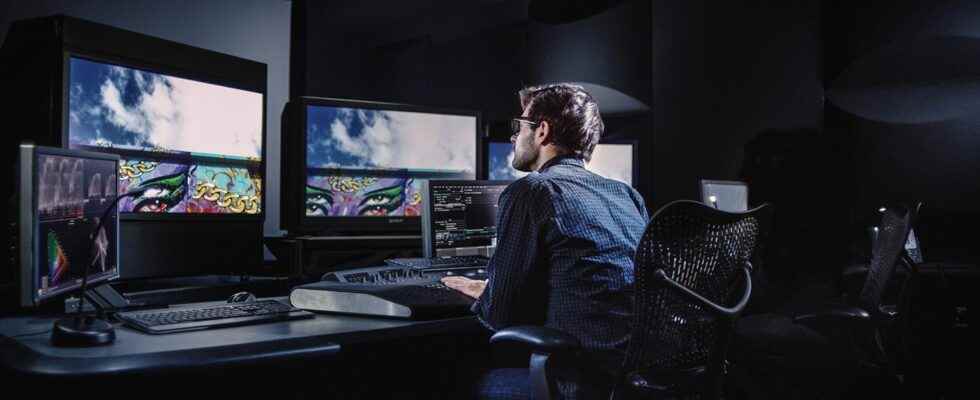Google is said to be developing an open source alternative to Dolby codecs.
Could Dolby’s hegemony in the world of video and audio come to an end in a few years?
Dolby reigns over the audio and video sector
Today, there are countless 4K televisions, TV boxes or game consoles compatible with both the Dolby Vision video codec and Dolby Atmos sound. These technologies respectively promise you an image in light and colorimetry more finely managed by the devices and a spatialized sound for your films and series.
Even the world of music has swung to the side of Dolby Atmos, especially with Apple Music, which has spent the majority of its catalog in this format.
Alternatives exist with HDR10+ from Samsung and Panasonic or even 360 Reality Audio from Sony, but these technologies have not had the success of Dolby with its own solutions.
Google could, however, seriously change the situation with its new project.
With Project Caviar, Google wants to free manufacturers from royalties imposed by Dolby
Called Project Caviar internally, this development consists of introducing new audio and video codecs, with the ambition of offering 3D sound and HDR video. The difference with Dolby is that Google wants to offer its technology for free and open source.
Dolby makes each of the brands wishing to implement its solutions pay royalties. We are talking about a sum of three dollars for each Dolby Vision compatible device – up to 15 dollars for an Xbox console.
” We realized that there are high-end media experiences where there aren’t great royalty-free solutions. “Said Roshan Baliga, in charge of Project Caviar at Google, during a presentation bringing together a few handpicked manufacturers. The man adds that licensing costs for HDR video and premium 3D audio “ can harm both manufacturers and consumers “.
Google has a strong argument to convince manufacturers to trust it: YouTube. The application is essential today on connected televisions or boxes and the company wants to use its streaming platform to test its formats and put them in the hands of users. The latter could thus film content in HDR and 3D sound and share it via the service, without costing the manufacturers a single additional dollar.
Source : Protocol

9